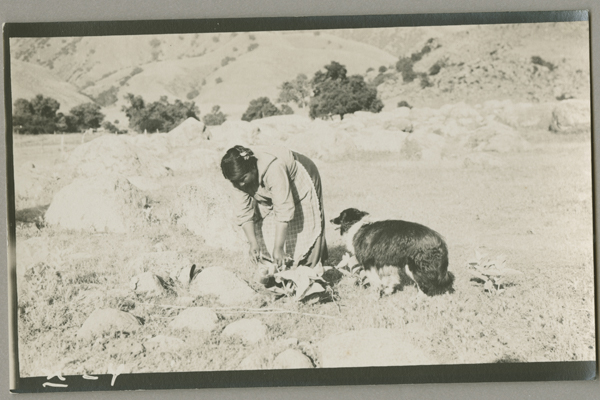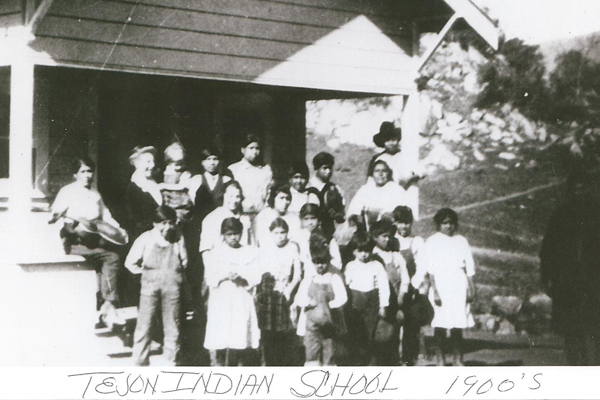Our Tribal elders remember living on our indigenous homelands, which are now privately owned land.
Our Tejon Tribal ancestors lived in the foothills of the Sierra Nevada mountains, along the southern tip of the San Joaquin Valley, and they were known as the Kitanemuk people. We were living in this part of California before it was part of the United States.
In historic, documented correspondence with city, state and federal officials, our very oldest Tejon elders spoke of the beginning of our people’s history, living in the Tejon area. This is rooted in the oral history that had been passed down to them.
We have had a difficult history. But, we are a resilient people and we have persevered. Our Tejon Indian Tribe has fought for recognition and the right to remain on our lands throughout history. We are still, to this day, a Tribe without a designated land base or reservation.
Our ancestral lands became home to an Indian military base, where tribes from throughout the region were sent. As a result, we share ancestry with other neighboring tribes, our Kitanemuk lineage being that of the original Tejon inhabitants.
We were removed from our indigenous land, and labeled “Tejon” by the very people who caused our displacement. We were called “Tejon” by early settlers of this area, which is Spanish for “badger.” Our ancestors were ultimately required to work at the Spanish-run ranch in order to live on the land, the affiliation between the people of the Tejon and the land base explain where the Tejon ranch name emanated from.
When the territory that’s now California was acquired from Mexico in 1846, the United States first set up a “wardship” relationship with our Tribe. The federal government then contracted to preserve and protect all existing rights of property recognized by the Tejon Indians.
In 1853, Tejon lands became the first Indian reservation in California when Edward F. Beale established the “Sebastian Indian Reservation” on Rancho El Tejon lands, which later became part of the Tejon Ranch. More than 2,000 native people lived on the land at that time, but in 1863, Beale bought Rancho El Tejon for private use, and roughly 100 Indians remained.
Some of our ancestors were relocated to land near Porterville in Tulare County, where they were forced to walk more than 100 miles at gunpoint. Countless relatives died along the way, including elders, children and the sick.
In 1912, Beale’s family sold Tejon Ranch to a group of Los Angeles investors. Over the years, the business group discouraged tribal members who remained on the land from staying in their traditional homes, and repeatedly refused government overtures to buy property for native people’s use. In 1924, the Bureau of Indian Affairs filed a lawsuit against the United States to secure a small remnant of the tribe’s homeland.
Then, in 1952, the White Wolf Earthquake forced many Tejon native people off their land. Their adobe homes crumbled, and the then owners of Tejon Ranch refused to let our tribal members repair them.
After the quake of 1952, most of our tribal members moved to Bakersfield, where Tejon descendants remain.
Click through some of our historical photos above.







